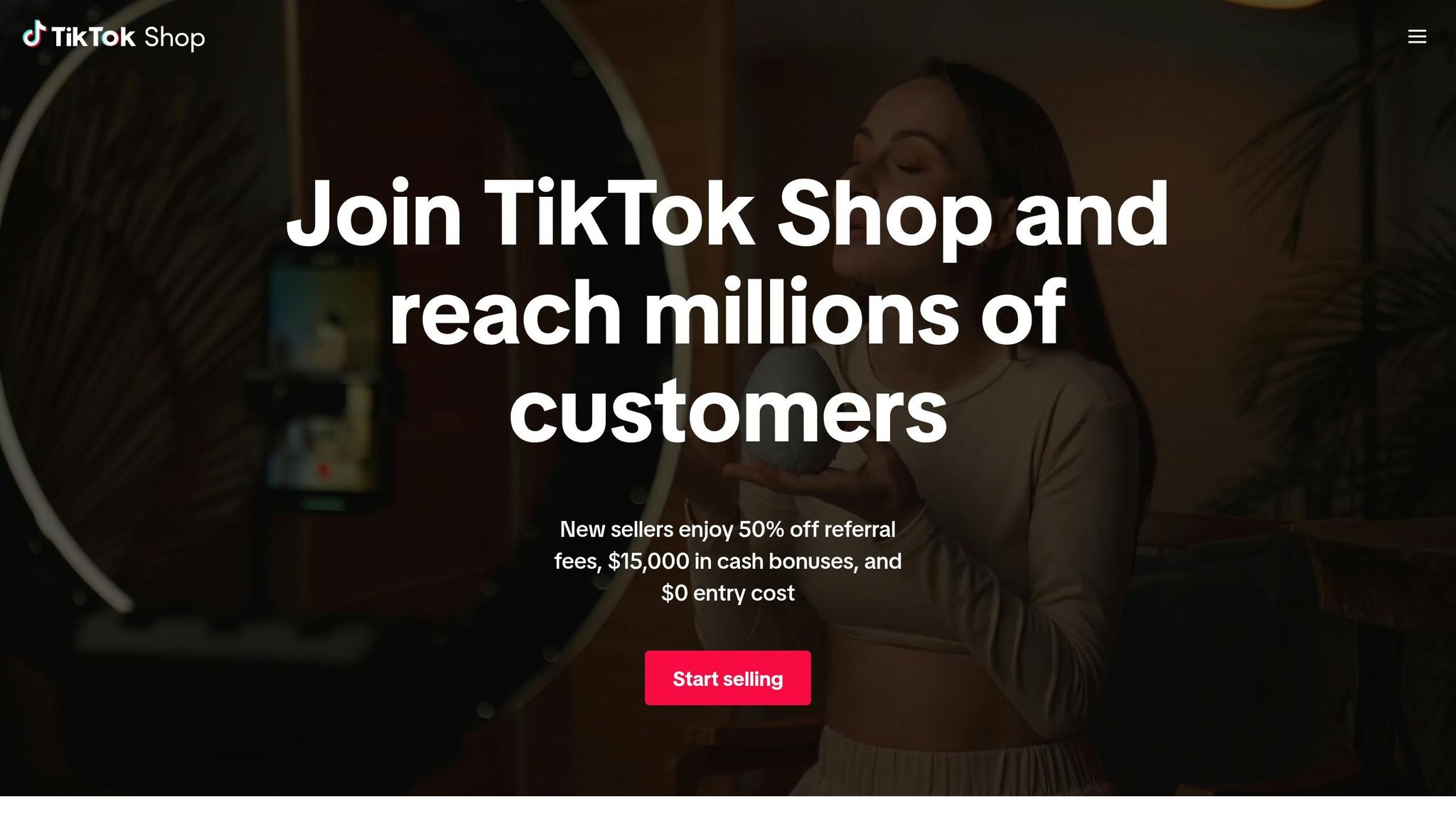In today’s rapidly evolving creator economy, influencer marketing is no longer about follower counts and flashy campaigns. It’s about precision, authenticity, and leveraging the right data to drive meaningful results – not just fleeting impressions. For digital marketing professionals navigating this space, integrating performance-driven strategies while maintaining brand authenticity is the key to success.
Drawing from an engaging conversation between industry experts, Paul Archer, Verity, and Larry Evans, this article dissects the core principles and actionable insights for building a transformative influencer strategy that aligns with modern business goals.
The Shift in Influencer Marketing: From Vanity Metrics to Performance Focus
The influencer landscape has undergone a fundamental shift. Once dominated by vanity metrics, such as follower counts and likes, today’s strategies prioritize deeper engagement, measurable results, and long-term brand-building. As Larry Evans, an influencer marketing veteran, highlighted, the focus has shifted toward a performance-based model where campaigns are meticulously measured for their ability to generate traffic, sales, and lasting connections with audiences.
Key Takeaway: Metrics That Matter
Brands should prioritize actionable metrics, such as sales conversions and affiliate-driven traffic, over superficial numbers like impressions or reach. Identifying and nurturing influencers who deliver measurable ROI is essential for long-term growth.
Building Relationships in a Transactional World
In a digital world dominated by fleeting trends, authenticity is the currency of trust. Brands often make the mistake of solely focusing on paid partnerships, but Evans’ approach to fostering genuine relationships with influencers proves otherwise. At Viv, a beauty brand she worked with, influencer collaborations were built on authentic connections – whether through organic engagement in direct messages (DMs) or personalized check-ins.
Why Relationships Matter
Rather than simply treating influencers as advertisers, brands should invest in building long-term relationships. For smaller brands or those with limited budgets, genuine interactions – like thanking creators for featuring products organically or engaging with their content beyond brand promotion – can yield significant returns.
"Constant check-ins, even just saying they look great, go a long way", said Evans. This humanized approach not only makes influencers feel valued but also fosters stronger advocacy for the brand.
Performance Meets Creativity: Integrating Affiliates and Spark Ads
One of the most transformative elements of modern influencer strategies is the blending of creativity with data. Evans emphasized the importance of using tools like affiliate programs and TikTok’s Spark Ads to drive performance-based results. These tools allow brands to identify top-performing influencers and amplify their content in a way that feels authentic to audiences.
- Affiliates: Programs like Shop My have proven effective in tracking traffic and sales driven by influencers. By linking affiliate results to broader marketing strategies, brands can double down on creators who deliver measurable ROI.
- Spark Ads: By boosting influencer-generated content through ads, brands can extend the reach of authentic recommendations. "Consumers feel less sold to when it comes from a creator rather than the brand’s own channels", explained Evans.
Actionable Insight
Brands should adopt a hybrid model that blends organic influencer collaborations with performance-based tools. Regularly analyze affiliate and ad performance data to refine strategies and focus resources on high-impact creators.
The Role of Nano and Micro-Influencers in Driving Advocacy
While macro-influencers and celebrities often get the spotlight, nano (1,000–10,000 followers) and micro-influencers (10,000–50,000 followers) hold unmatched potential for driving conversions and building loyal communities. These creators typically have higher engagement rates and a deeper connection with their audiences.
Evans shared an example of a creator with just 40,000 followers whose organic Instagram stories drove thousands of clicks and hundreds of sales. In contrast, influencers with millions of followers sometimes fail to produce a fraction of that impact.
"Engagement and relationships matter more than follower counts", she noted, underscoring the importance of focusing on creators who authentically resonate with audiences.
Implementation Tip
Invest in identifying nano and micro-influencers who align with your brand’s values. Build their loyalty through personalized outreach and small-scale activations, such as events or gifting programs.
Combining Brand and Performance Marketing: Breaking Down Silos
One of the most persistent challenges in influencer marketing is the disconnect between brand-building activities and performance marketing tactics. As Evans explained, these two functions often operate in silos, leading to missed opportunities.
For instance, a high-performing affiliate campaign or Spark Ad may reveal key insights about consumer preferences. However, if this data isn’t shared with the brand team, it could result in misaligned messaging or missed chances to scale effective strategies.
Collaboration Is Key
- Performance marketers should learn from brand marketers’ emphasis on long-term relationship building, ensuring that short-term KPIs don’t overshadow broader brand goals.
- Brand marketers can embrace performance data to refine their targeting and ensure that campaigns align with traffic-driving creators.
"Sharing data between teams and involving both sides in strategy development is crucial", Evans emphasized. Weekly catch-ups between e-commerce, PR, and influencer teams can help bridge this gap.
Authenticity vs. Sales: Striking the Right Balance
While performance-driven strategies like affiliates and TikTok Shop offer measurable results, there’s a risk of eroding brand authenticity if not executed carefully. Brands that overly rely on heavy discounts or transactional partnerships may unintentionally dilute their premium positioning.
Navigating TikTok Shop

TikTok Shop has been a significant revenue driver for many brands, but its reliance on steep discounts can be problematic. As Evans pointed out, "If customers see a product heavily discounted on TikTok Shop, it can make it harder to sell at full price elsewhere."
To maintain brand integrity, brands should balance TikTok Shop campaigns with broader efforts to build emotional connections with customers. High-quality content, organic creator collaborations, and community-focused initiatives can complement these sales-driven tactics.
Cultivating Community Through Influencer Work
A thriving community is the heartbeat of any brand advocacy strategy. At Viv, Evans and her team actively involved customers and creators in their campaigns, demonstrating that anyone – from a loyal customer to a rising nano-influencer – could participate in brand storytelling.
One standout example was a creator who started as a customer, attended Viv’s events, and eventually became part of its PR campaigns. Sharing her journey on social media inspired other community members, fostering loyalty and inclusivity.
Practical Strategies for Community Growth
- Feature user-generated content (UGC) prominently in marketing materials, from emails to social media feeds.
- Show appreciation for smaller creators by engaging with their posts and inviting them to events.
- Create opportunities for customers to collaborate with the brand, turning them into brand advocates.
Looking Ahead: Trends and Challenges
As influencer marketing continues to evolve, several trends stand out:
- Affiliate Expansion: Programs like Shop My and TikTok Shop will continue to drive performance marketing, but brands must avoid over-reliance on discounts.
- Nano and Micro Power: These creators will play an increasingly important role in authentic advocacy and community building.
- Blurring Lines Between Brand and Performance: Collaboration between teams is no longer optional; it’s essential for sustainable success.
However, challenges remain. Budget constraints, rising competition, and the pressure to deliver immediate results can lead to misaligned priorities. To stand out, brands must strike a balance between short-term performance and long-term brand building.
Key Takeaways
- Prioritize Performance Metrics: Focus on actionable data, such as affiliate-driven sales and traffic, over vanity metrics like reach or impressions.
- Build Genuine Relationships: Treat influencers as collaborators, not just advertisers. Invest in long-term relationships through authentic engagement.
- Leverage Tools Like Spark Ads and Affiliates: Use platforms that amplify creator content and measure results to inform strategy.
- Nano and Micro-Influencers Are Essential: These creators often outperform macros in driving engagement and conversions due to their close connection with audiences.
- Break Down Silos: Encourage collaboration between brand and performance marketing teams for cohesive and impactful campaigns.
- Balance Authenticity and Performance: Avoid over-reliance on heavy discounts or transactional partnerships to maintain brand integrity.
- Engage Your Community: Showcase loyal customers and smaller creators in campaigns to foster inclusivity and advocacy.
By adopting these strategies, digital marketing professionals can navigate the complexities of the influencer landscape and build sustainable, high-impact campaigns that resonate with both creators and consumers. In the end, the most successful brands will be those that balance data-driven performance with authentic, human connections.
Source: "What Beauty Brands Get Right (& Wrong) About Influencer Strategy | ft. Lowri Evans" – Building Brand Advocacy Podcast, YouTube, Sep 3, 2025 – https://www.youtube.com/watch?v=SLiJfwqbeyA





